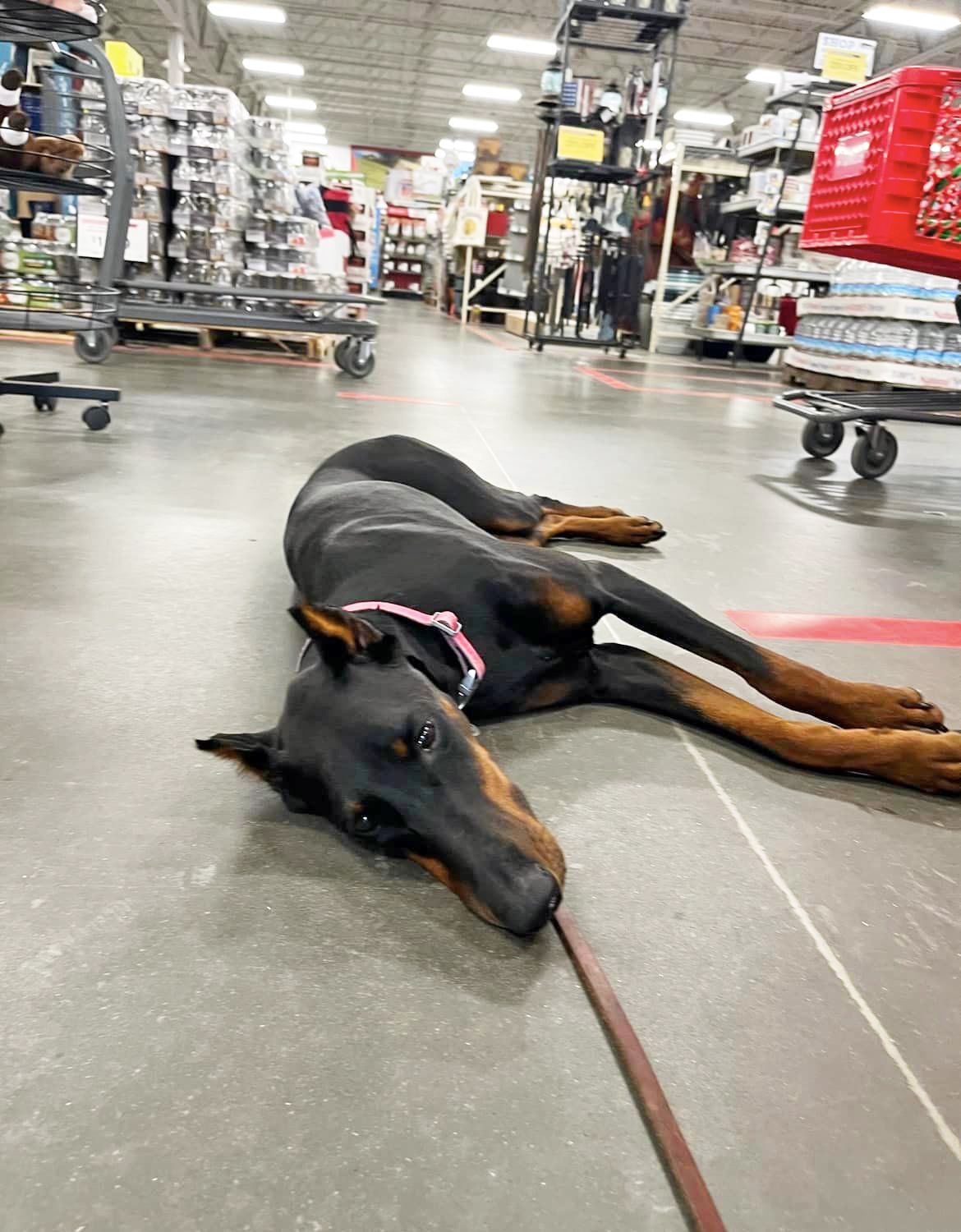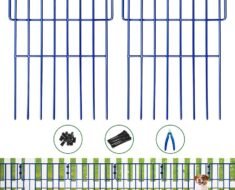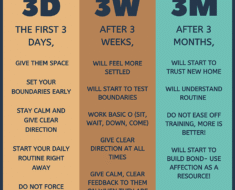Do you struggle to keep your dog calm and settled on their mat for longer periods? If so, you’re not alone.
Teaching your dog to relax and stay in place can feel like a constant battle. But what if you could easily extend their settle duration with a simple, step-by-step relaxation protocol? Imagine your dog lying quietly, feeling calm and happy, giving you the peace and control you need.
You’ll discover proven techniques that will transform your dog’s behavior and make mat time a stress-free experience for both of you. Keep reading—you’re about to unlock the secret to a calmer, more obedient dog.
Benefits Of Settling On A Mat
Calmness and focusimprove when dogs settle on a mat. It helps them feel quiet and relaxed. This practice lowers stress and makes it easier for dogs to pay attention. Quiet moments on the mat build good habits and patience.
Safe space creationmeans the mat becomes a special place. Dogs learn this spot is for resting and feeling safe. This helps reduce anxiety and keeps dogs comfortable during busy times. A safe space supports better behavior and trust.
Building routineis simple with a mat. Dogs enjoy having a regular spot to settle. It teaches them to stay calm at set times. Routine helps dogs know what to expect, making them more confident and less restless.
Choosing The Right Mat
Choose a mat with soft, comfortable materiallike fleece or memory foam. This helps your dog feel calm and relaxed. Avoid hard or rough mats that may distract or irritate your pet.
Pick a mat size that fits your dog’s body well. It should be large enough for them to lie down comfortably but not too big to cause confusion. Place the mat in a quiet, low-traffic areaso your dog feels safe.
Use a mat with a familiar scent, like one your dog has used before. This helps them associate the mat with comfort and rest. You can also add a piece of your clothing to make the smell stronger and more comforting.
Relaxation Protocol Basics
Creating a calm environmenthelps dogs relax on their mat. Soft lighting and quiet spaces reduce distractions. Choose a room with few noises and little activity.
Soothing soundslike gentle music or white noise can ease anxiety. These sounds mask sudden noises that might startle your dog. Keep volume low to avoid stress.
Using gentle touchcomforts dogs during training. Slow petting or light massages signal safety. This helps your dog stay calm and focused on the mat.

Credit: somuchpetential.com
Step-by-step Training Process
Start by letting your dog explore the mat freely. Let them sniff and step on it without pressure. Use a calm voice to encourage calm behavior near the mat.
Keep the first settling sessions very short, just a few seconds. Reward your dog with gentle praise or treats when they stay calm. Gradually add a few seconds more each time.
Increase the time your dog stays on the mat slowly. Don’t rush. If your dog moves early, wait and try again with shorter times.
Positive Reinforcement Techniques
Treats and praisehelp dogs feel happy and want to stay on the mat longer. Give a small treat or kind words right after your dog settles. This shows your dog what you like. Clicker traininguses a sound to tell your dog they did well. The click comes just before the treat. This helps dogs learn faster. Timing rewards effectivelymeans giving treats or clicks right when the dog stays calm. Not too early, not too late. This way, your dog understands what action earned the reward. Repeat this often to build a strong habit.
Managing Distractions
Start by lowering noise levelsaround your dog. Turn off loud machines and close windows. Keep the environment calm to help your dog focus.
Limit what your dog can see. Block busy areas or moving people. Using curtains or barriers helps reduce visual distractions.
Use simple focus cueslike a touch or a word. These signals remind your dog to stay on the mat. Practice these cues often for better results.
Troubleshooting Common Issues
Restlessness and anxietyoften happen when dogs feel unsure on the mat. Try to keep the training area calm and quiet. Use a soft voice and gentle petting to soothe your dog. Short breaks during the session can help reduce stress. Reward calm behavior with treats or praise.
Some dogs may ignore the matat first. Make the mat more inviting by placing favorite toys or treats on it. Practice short sessions and slowly increase the time. This helps the dog learn the mat is a safe place.
Regression in behavioris normal sometimes. Dogs can forget or test limits. Stay patient and consistent with the training steps. Repeat the relaxation protocol regularly. Consistency builds trust and helps your dog settle better.

Credit: www.reddit.com
Advanced Relaxation Techniques
Aromatherapyuses safe essential oils like lavender to calm dogs. Place a few drops on a cloth near your dog’s mat. The gentle scent helps lower stress and makes settling easier. Always check that oils are safe for pets.
Massage and stretchingrelax muscles and help dogs feel calm. Use slow, gentle strokes along their back and legs. Stretch their front legs softly to ease tension. This bonding time improves comfort and trust.
Guided breathing exercisesinvolve syncing your breath with your dog’s calm moments. Breathe deeply and slowly while your dog is on the mat. This shared calmness helps extend the time your dog stays relaxed and settled.
Maintaining Consistency
Practicing every day helps your dog learn to stay calm on the mat. Short sessions of a few minutes work best. Make the training fun and relaxed to keep your dog interested. Use the same words and signals each time to avoid confusion.
Everyone in the family should join the training. This helps the dog listen to each person. Consistent commands from all family members make learning faster. Take turns giving treats and praise during the sessions.
| Task | How to Do It | Why It Helps |
|---|---|---|
| Track Sessions | Write down date, time, and dog’s behavior | Shows progress and areas to improve |
| Note Distractions | Mark what caused the dog to move | Helps plan better practice with fewer distractions |
| Record Rewards | List treats and praise used | Finds what motivates your dog most |

Credit: www.whole-dog-journal.com
Frequently Asked Questions
How Can I Increase My Dog’s Settle Time On A Mat?
Use a consistent relaxation protocol with gradual duration increases. Reward calm behavior and avoid rushing the process for best results.
What Relaxation Techniques Help Dogs Stay Settled Longer?
Techniques like deep pressure, gentle petting, and calm verbal cues promote relaxation and help dogs extend settle durations effectively.
Why Is Extending Settle Duration Important For Dogs?
Longer settle times improve a dog’s self-control, reduce anxiety, and enhance obedience during training and daily life situations.
How Often Should I Practice Settling My Dog On A Mat?
Practice short sessions multiple times daily, gradually increasing duration to build your dog’s comfort and patience over time.
Conclusion
Extending your dog’s settle time on a mat takes patience and practice. Use a calm voice and gentle touch. Reward your dog for staying relaxed and quiet. Keep training sessions short and regular. Small steps lead to big progress. Your dog will learn to feel safe and calm on the mat.
Enjoy the quiet moments together. This simple relaxation protocol helps build trust and calm behavior. Keep trying, and your dog will settle longer each day.





